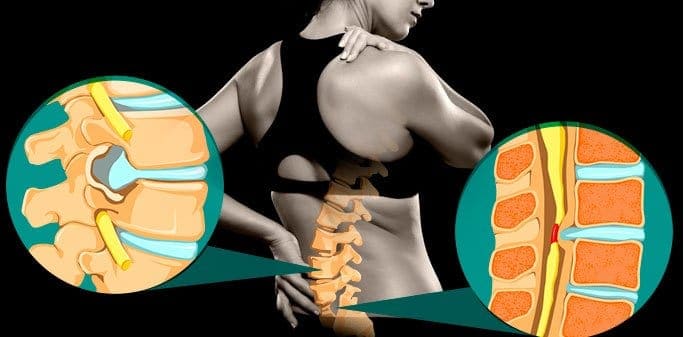
experienced by individuals in the world. You normally experience sciatic pain when the sciatic nerve is irritated. Considering that this nerve is longer and wider than any other nerve found in the human body, it is important to remember that you can experience sciatic pain all over your body, anywhere between your back and knee. It’s also important to know thatsciatic pain is a symptom of some other illness that involves the sciatic nerve and is not a disease itself.
Although it is not considered a disease, sciatic painstill presents plenty of issues and difficulties while performing daily activities such as walking and climbing stairs. Still, there are plenty of non-risky treatments available which help in decreasing the pain. And if those treatments don’t work, there are still plenty of advanced options present. It rarely happens that you need open back surgery to treat the pain.
There are plenty of causes of sciatic pain, but it mainly happens when the sciatic nerve is compressed or inflamed. Some other symptoms may also occur along with the pain, like weakness or numbness of the muscles. Most symptoms can be consistent, or their intensity might increase (ranging from moderate to extreme) along with the pain.
Aside from nerve irritation, there are other causes of sciatic pain, like:
There are a lot of signs that positively point towards sciatic pain, but the most frequent ones are:
The suitable treatment for your pain depends on the factors responsible for your sciatic pain and how your body has responded to any previous treatments you might have had. Doctors in NYC usually start with a treatment which has minimum risks. But if those treatments don’t work, they then prescribe more invasive and risky treatments. Some of the treatments which can relieve sciatic pain include:
Exercising is a great way to decrease the tension and weight on the sciatic nerve because the patient is able to reduce the effect of some symptoms without any professional help. It can also help decrease the use of medications, providing greater relief and comfort when the intensity of pain increases.
It is possible to prevent sciatic pain entirely, but you will need to make a number of changes to your habits. To ensure a decreased chance of sciatic pain, you will need to follow an effective exercise regimen and will need to improve your posture when you sit, stand, and lift heavy objects.
Dr. Lev Kalika is a world-recognized expert in musculoskeletal medicine. with 20+ years of clinical experience in diagnostic musculoskeletal ultrasonography, rehabilitative sports medicine and conservative orthopedics. In addition to operating his clinical practice in Manhattan, he regularly publishes peer-reviewed research on ultrasound-guided therapies and procedures. He serves as a peer reviewer for Springer Nature.
Dr. Kalika is an esteemed member of multiple professional organizations, including: